 |
 |
 |
|
| Back injury risks | |
Back injuries are the most common and consequential type of musculoskeletal injury in general industry. Prevention can involve a number of factors, including personal wellness and work habits. The information on this page focuses on ways to improve equipment and workstations to reduce strain on the back.
The following are common categories of issues that can create back problems in production settings. These categories serve two purposes: (a) provide a list of issues to consider, and (b) provide a structure to help avoid creating a single large jumble of solutions. However, many of the solutions could actually be placed in multiple categories. Consequently, it is best to browse through all the topics to see the full array of potential solutions.
Also make sure to read the basic principles of ergonomics, as well as cautions and avoiding common errors.
Improve working posture
Awkward working positions can increase the strain on the back in two ways:
- Add the weight of the upper torso when bending and lifting
- Extend loads away from the body, increasing the horizontal distance from the spine
Thus, evaluate tasks by look for bent or twisted postures of the back, then review the various options for improvement. Read the background material on the optimal or neutral postures to understand your objectives.
Height of materials
Many industrial workplaces use or create stacks of materials on pallets or in large containers. In these situations, the height changes as items are removed or added. Thus, at times the materials can be too low, which creates a strain on the back when bending to handling the items.
The general strategy in these situations is to find ways adjust the height of the material to keep it at a good working level. The following topics provide overviews of the different types of equipment that are typically used in these situations
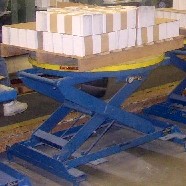 |
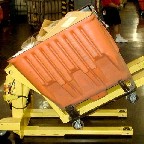 |
| Container and pallet lifts | Tilters |
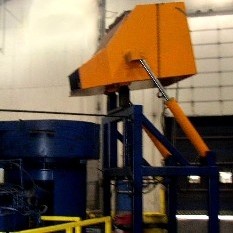 |
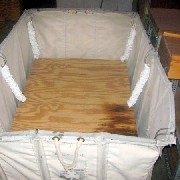 |
| Dumpers | Large containers |
Height of work
The work being performed should be at a height that enables the employee to work upright, without bending. Normally, this is about elbow height (although there are exceptions — see Heights). Note that this height is for the item being worked on, not the work surface. If the size of the items vary, or if employees of different statures us the same workstation, then the work height might best be adjustable.
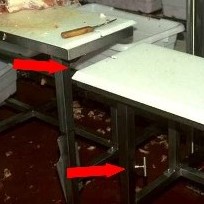 |
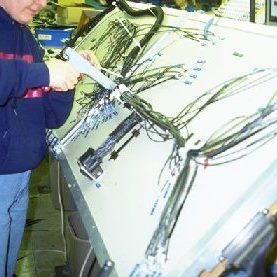 |
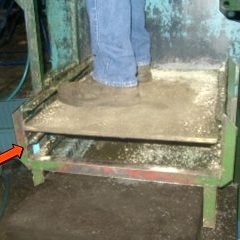 |
| Height adjustment | Slanted workstations | Standing platforms |
Horizontal reaches
Quite often, the reason that people bend their backs while working is that items are too far away. There are a number of different appoaches for moving items closer.
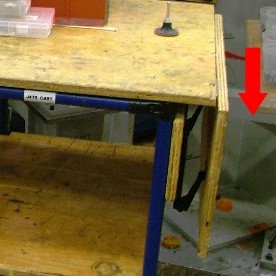 |
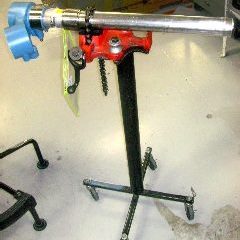 |
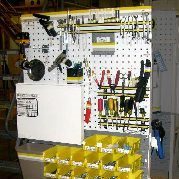 |
| Work surface size | Floor-based fixtures/work positioners | Storage |
Sitting
Constant sitting can create strain on the back in unforseen ways. Particular issues are lumbar support and ability to adjust the height of chairs. Additionally, staying in the same position for long periods can be a contributing factor.
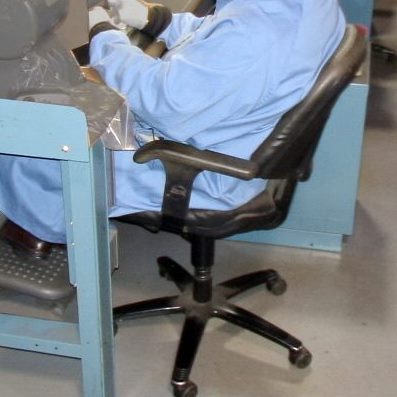 |
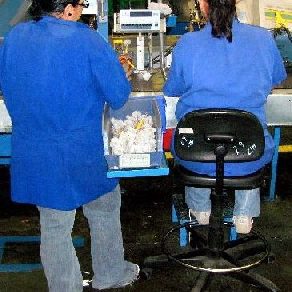 |
| Seating | Sit-stand |
Standing
Excessive standing does not normally create as big a risk for back injuries as awkward postures or heavy loads. However, there are issues that can contribute to the overall strain on the back.
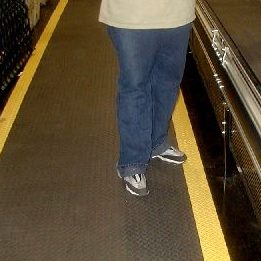 |
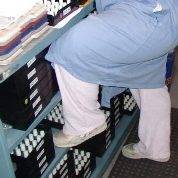 |
| Flooring | Foot rests |
Twisting
A number of different factors may cause twisting, including the following:
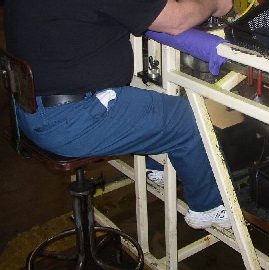 |
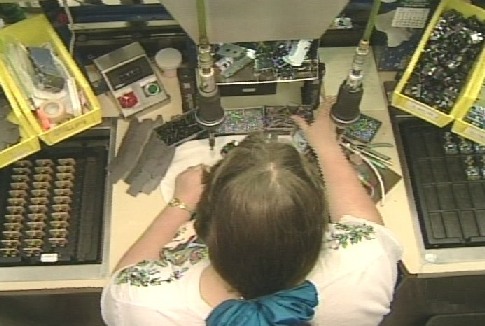 |
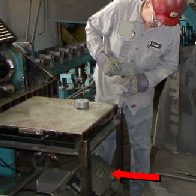 |
| Clearance | Layout | Visual access |
Reduce exertion related to the load
Lifting/Carrying
There are many techniques that can be used to eliminate the need to lift or carry a load:
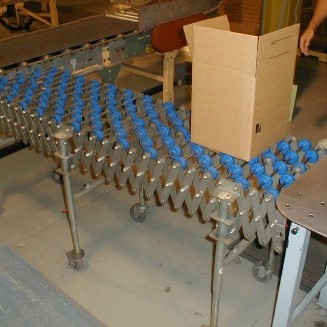 |
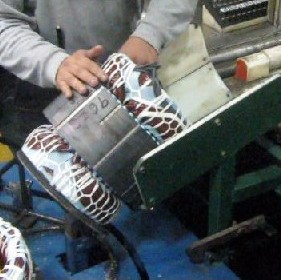 |
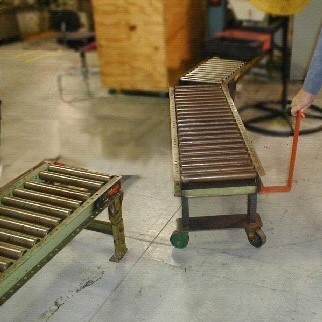 |
| Conveyors | Slides | Conveyor gates |
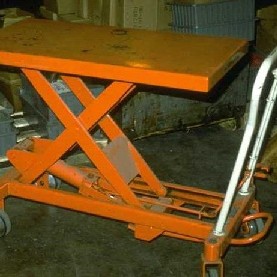 |
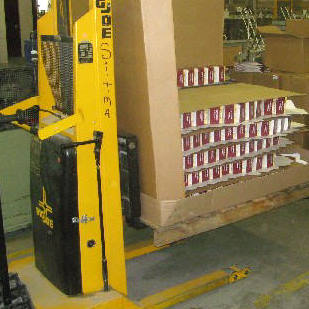 |
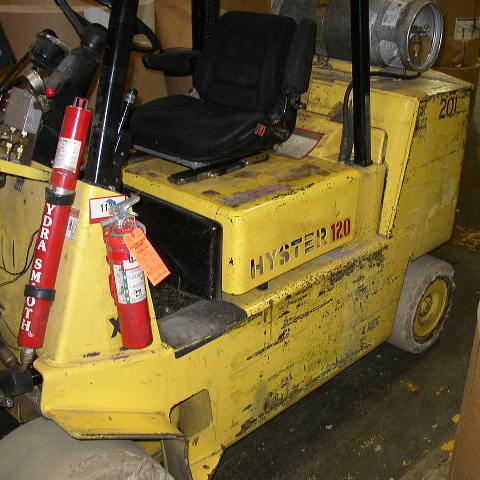 |
| Carts | Lifter-transporters | Lift trucks |
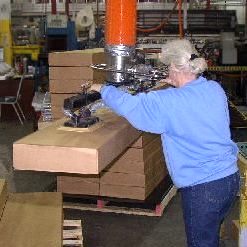 |
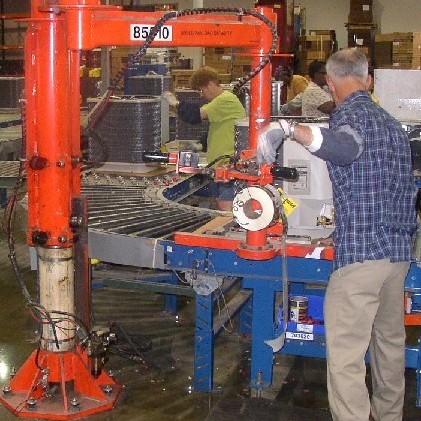 |
| Hoists | Manipulators |
Push/Pull
Carts and other pieces of equipment with wheels are good solutions to eliminate the need to lift and/or carry. But sometimes, the loads are still heavy to move. Issues and options include the following:
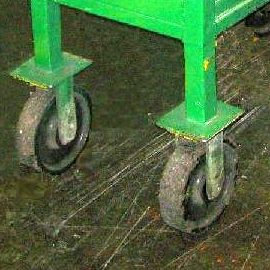 |
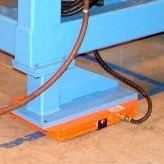 |
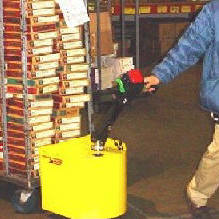 |
| Wheels | Air casters | Tuggers |
Item itself
reduce size, weight,
add handholds
Static load
heights, reaches
Motions
Eliminate the need to lift – many of the above
Improve area layouts – distances carried, frequency carried
Environmental
| Vibration | Shock | Temperature extremes |
